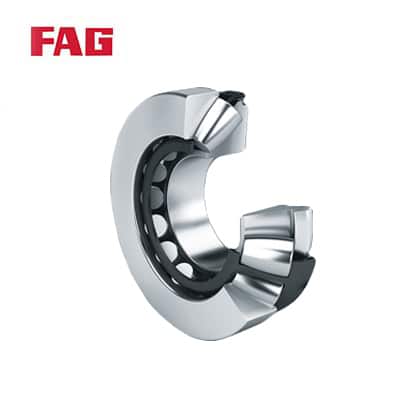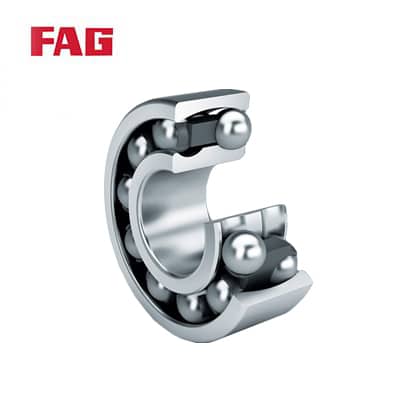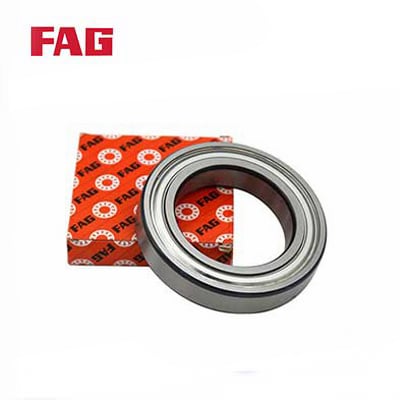Spherical roller bearings have two rows of rollers, which mainly bear radial loads and can also bear axial loads in either direction. It has high radial load capacity, especially suitable for working under heavy load or vibration load, but it cannot bear pure axial load. The raceway of the outer ring of this type of bearing is spherical, so its self-aligning performance is good, and it can compensate the coaxiality error.
There are two rows of symmetrical spherical rollers, the outer ring has a common spherical raceway, and the inner ring has two raceways inclined at an angle to the bearing axis, which has good self-aligning performance. The bearing can still be used normally. The self-alignment varies with the bearing size series. Generally, the allowable self-alignment angle is 1 to 2.5 degrees. This type of bearing has a large load capacity. In addition to bearing radial loads, the bearing can also bear The axial load acting in both directions has better impact resistance. Generally speaking, the allowable working speed of spherical roller bearings is lower.
Spherical roller bearings are divided into two different structures: symmetrical spherical rollers and asymmetric spherical rollers according to the cross-sectional shape of the rollers. At present, symmetrical spherical roller bearings are rarely used. The internal structure has been comprehensively improved and designed and parameter optimized. Compared with the early production of spherical roller bearings, it can withstand larger axial loads. It is relatively low, so it can adapt to the requirements of higher speed. According to whether the inner ring has ribs and the cage used, it can be divided into two types: C type and CA type. The characteristic of C type bearings is that the inner ring has no ribs and uses steel plates. Stamping cages, CA type Trien bearings are characterized by ribs on both sides of the inner ring and solid cages made of cars.







